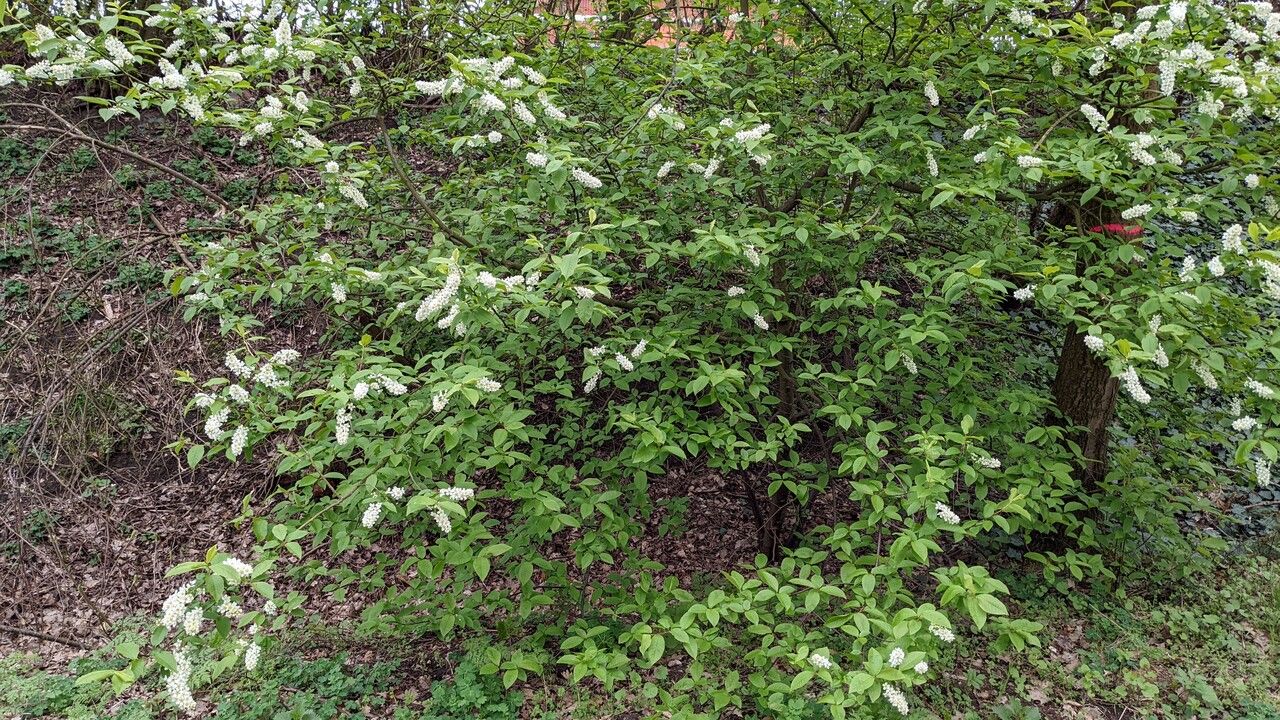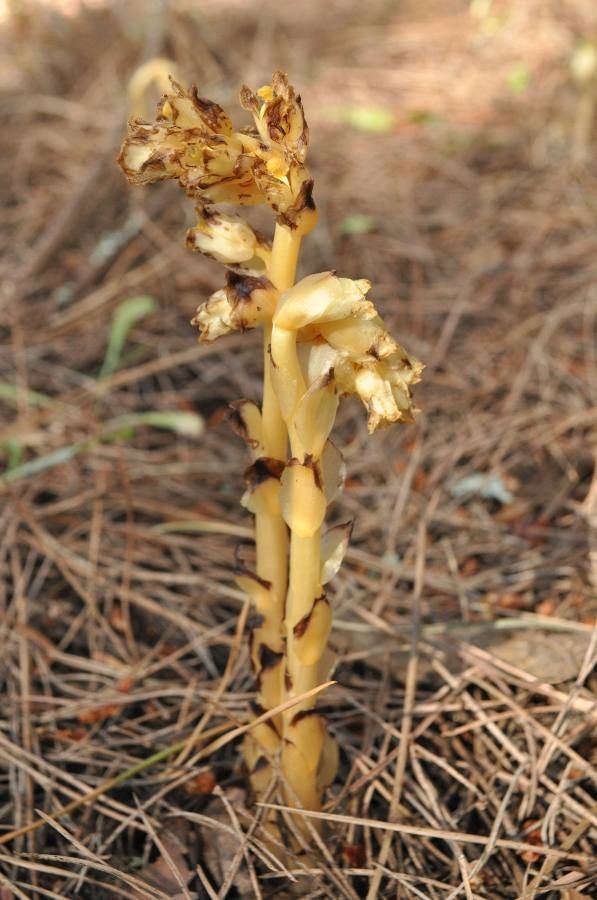## Arizona Sycamore: A Majestic Native of the Southwest
The Arizona sycamore ( *Platanus wrightii*) stands as a testament to the resilience and beauty of desert flora. This majestic tree, a member of the Platanaceae family, is a captivating sight with its distinctive mottled bark, large, maple-like leaves, and its ability to thrive in the challenging conditions of the southwestern United States and northern Mexico. This comprehensive guide will delve into the details of cultivating and caring for this remarkable plant.
### Habitat and Growth
Arizona sycamores are found in riparian areas, canyons, and along washes where they benefit from access to consistent, though not necessarily abundant, water. They are highly adaptable, however, and can survive in drier conditions once established. These trees exhibit a rapid growth rate when young, but mature at a more moderate pace. Their mature height can reach 40-60 feet, and their broad canopy can spread equally wide, providing ample shade.
### Sun Exposure and Soil Needs
Arizona sycamores thrive in full sun to partial shade. While they can tolerate some shade, optimal growth occurs with at least six hours of direct sunlight daily. Regarding soil, they prefer well-drained, sandy loam soils. They are surprisingly tolerant of a wide range of soil pH levels, but extremely poor drainage should be avoided, as it can lead to root rot.
### Watering and Fertilization
Newly planted Arizona sycamores benefit from regular watering, especially during dry spells. Once established, they are remarkably drought-tolerant, requiring only supplemental watering during extended periods of drought. Overwatering can be detrimental. Fertilization is generally not necessary for established trees, as they are well-suited to nutrient-poor soils. However, young trees might appreciate a balanced, slow-release fertilizer in spring.
### Pruning and Maintenance
Pruning is best done in late winter or early spring, before new growth begins. Remove dead, damaged, or crossing branches to maintain the tree's structure and health. Arizona sycamores are relatively low-maintenance trees; however, regular inspection for pests and diseases is advisable. Monitor for signs of infestation by common sycamore pests like aphids or spider mites and address these issues promptly.
### Disease Resistance
While generally resistant to many common diseases, Arizona sycamores can be susceptible to fungal infections such as anthracnose, especially in wet conditions. Good air circulation and avoiding overhead watering can help mitigate this risk. Maintaining overall tree health through proper care is your best defense against diseases.
### Propagation
Propagation is typically achieved through seeds or cuttings. Seeds require stratification (a period of cold treatment) to break dormancy before germination. Cuttings can be taken from semi-hardwood stems in late summer and rooted using appropriate rooting hormone.
### Conclusion
The Arizona sycamore is a magnificent tree, perfectly suited for southwestern landscapes. Its unique beauty, coupled with its remarkable adaptability and drought tolerance, makes it a highly desirable choice for both residential and commercial plantings. By understanding its specific needs and employing the right care techniques, you can ensure the health and longevity of this spectacular native tree.
Arizona Sycamore: Planting & Care Guide

Frequently Asked Questions
How do I care for an Arizona Sycamore tree?
Provide full sun to partial shade, well-drained soil, and supplemental watering during prolonged droughts. Prune in late winter/early spring to remove dead or crossing branches. Monitor for pests and diseases.
What type of soil does an Arizona Sycamore need?
Arizona Sycamores prefer well-drained, sandy loam soils. They tolerate a wide pH range, but avoid poorly draining soils which can lead to root rot.


